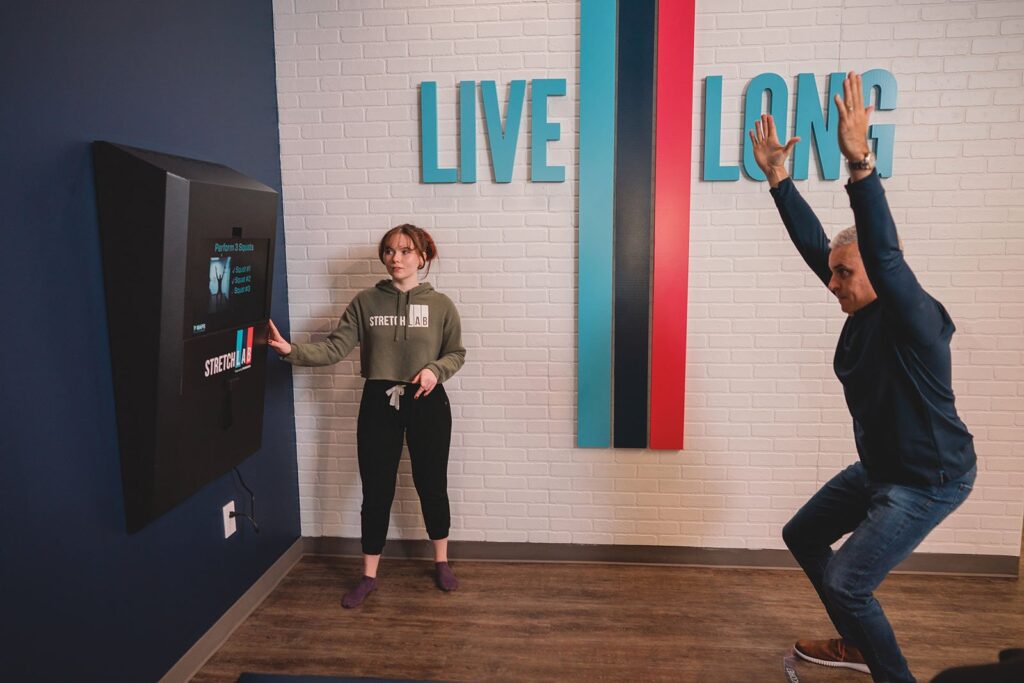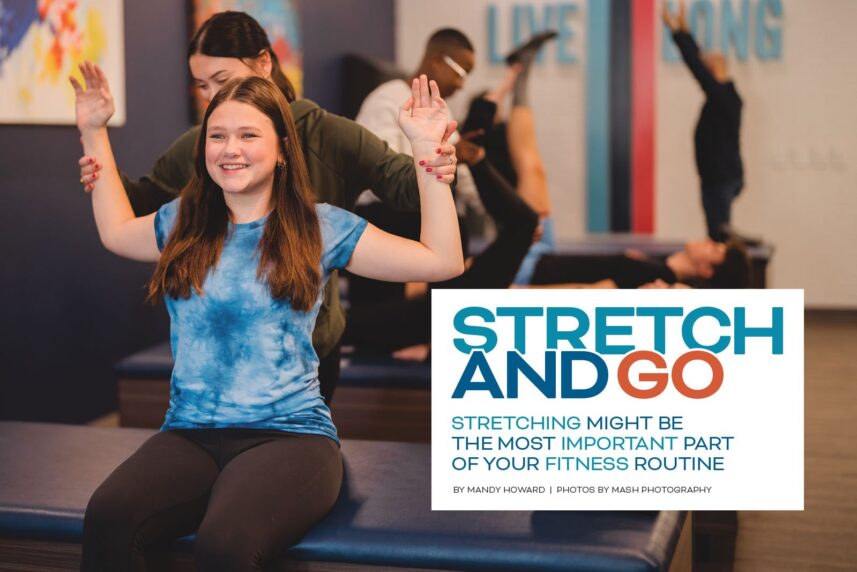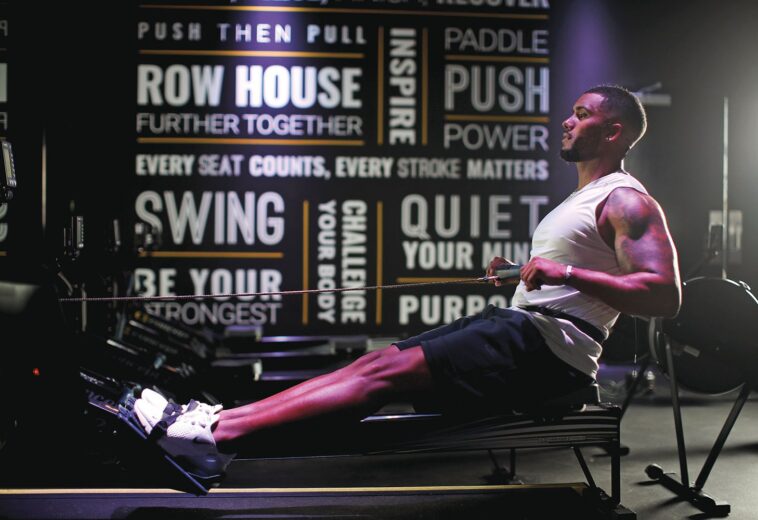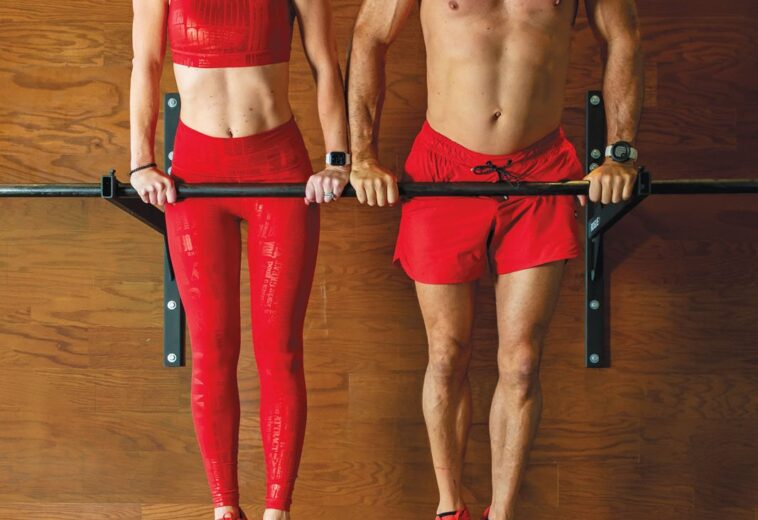Article:
Like many athletes, Raj Manickam understood that stretching was important. He knew it was something he should do, but admits it was never a priority.
It’s a refrain physical therapist Jack Keller, owner of Capital City Health Care Providers in Raleigh, hears often. He teaches at-home techniques and, while he urges his patients to stretch, he also sympathizes as to why many shirk the habit. “If you’re a fitness enthusiast who loves to exercise and, between work and taking care of kids, you have 45 minutes, many are going to want to use 44 of those minutes to vigorously exercise,” he says.
This is exactly how Manickam felt. An avid runner, he wanted to spend every available moment on the road. In fact, he tracks the number of miles he runs each month. It’s a habit he has had for years. Taking time to stretch would take time away and lessen his mile count … wouldn’t it?
Maybe not.
Throughout his athletic career Manickam, like most runners, dealt with a series of nagging issues—tendonitis and overuse injuries, for example. He’d ice and rest, then get back on his feet. Since joining StretchLab—a facility offering highly trained “flexologists” who guide clients through a series of stretches—something shifted, literally. “Last month, I ran 130 miles,” he says. “I can’t tell you the last time I ran 130 miles. The only thing I’ve done differently is going to the StretchLab every week for 50 minutes.”
Manickam is not alone. Henry Gonzalez, co-owner of StretchLab in Midtown and Wake Forest with his wife and business partner, Ada Gonzalez, says Manickam is just one of several clients who have experienced similar results.
Gonzalez, in fact, is one of them. His wife, a physical therapist, has always been a believer in the importance of stretching. “For 18 years, my wife told me to stretch. I ignored her advice. The pain wasn’t great enough for me to change my wellness routine,” Gonzalez says, then adds with a laugh: “Then your 40s slap you in the face.”
It’s a truth that is often misunderstood. While many see stretching as a cooldown or rehabilitation method, it’s actually an integral part of any complete exercise regimen.
Keller adds that dynamic stretching—loosening muscles with movement—should be done prior to athletic endeavors, and prolonged hold stretching should follow those activities. This process “is an essential component of achieving peak athletic performance and prevention of injuries,” Keller says.
Take a Walk
While Keller treats many athletes, he notes that stretching benefits everyone. “In this post-COVID world, people are tighter than ever,” he says, referring to the loss of simple tasks, like walking to and from a parking lot when you work at an office or other location away from home. This habit of sitting and looking at screens, then not being in an environment where you are taking even small walks from office to office, can lead to poor posture, tight muscles and “tech neck.” Defined as stressed muscles resulting from prolonged use of phones, tablets and computers, tech neck can manifest as shoulder pain, stiffness and soreness. Simple stretches can alleviate this persistent, common and growing issue.
“How many articles have been written about getting out of your chair and just doing three stretches?” Keller asks. “But the reality is, when people actually get out of their chair and do those three stretches, they feel a lot better.”
Regardless of your lifestyle, the refrain remains the same: Stretching is good for everyone. This reality, paired with word-of-mouth stories about increased athletic performance and wellbeing, has kept StretchLab in Wake Forest—and other locations across the Triangle—consistently and increasingly busy since its opening in January 2021.
Map It Out
StretchLab’s model is straightforward. First-timers come in for a 50-minute consultation, during which they are paired with a trained “flexologist.” All flexologists, who often enter the program with a certification or license in a related field, complete an intensive training process that includes mastering the proprioceptive neuromuscular facilitation (PNF) technique. These employees are attracted to StretchLab for the same reason Gonzalez was: “It’s a concept that solves a problem,” he says.
During a client’s first visit, he or she is assigned a flexologist who will ask about his or her injuries, goals and comfort level. Then, the flexologist will ask the client to perform three squats that are monitored by the MAPS machine, a 3D body-scanning tool that, after the squats, processes thousands of data points to measure the client’s mobility, activation, posture and symmetry (MAPS). The StretchLab flexologist uses these data points to understand the client’s greatest needs, then creates a customized data-driven program that includes one-on-one assisted stretching.
It’s a program that Manickam believes has made a measurable impact on his life. “I had a race and … I achieved a goal I had been trying to achieve for a long time,” he says. “I might not have even made it to the start line injury-free if not for StretchLab.”.
Keller believes stretching is one of the most important investments of time anyone can make toward improving their overall fitness. “Stretching is like investing in your 401K,” he says. “Results aren’t necessarily dramatic or immediate, but it’s a vital part of safeguarding your future wellbeing.”
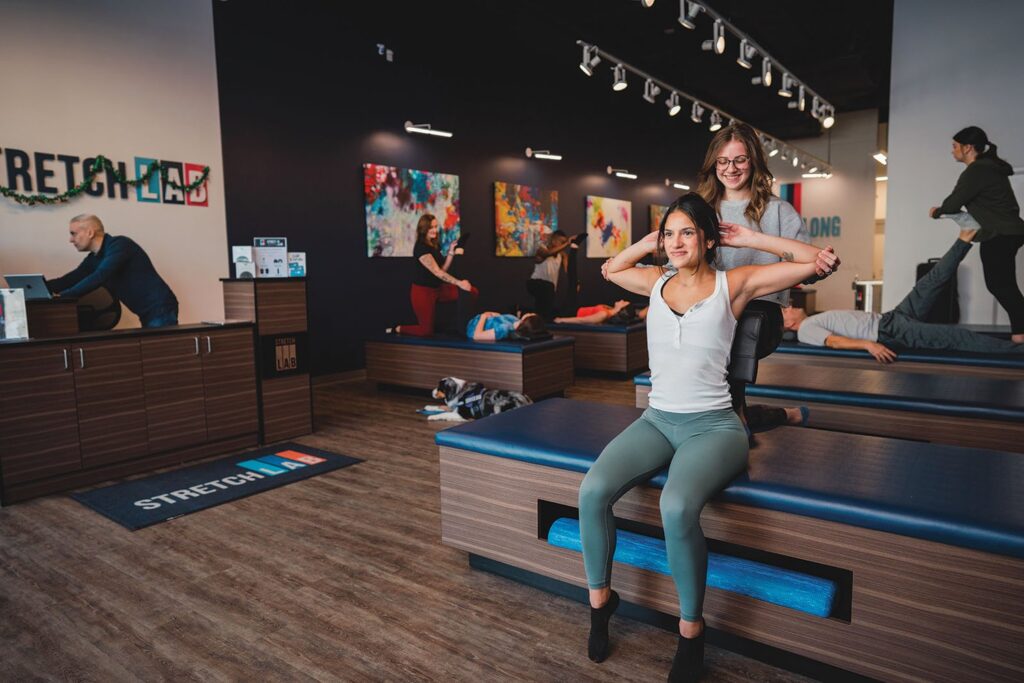
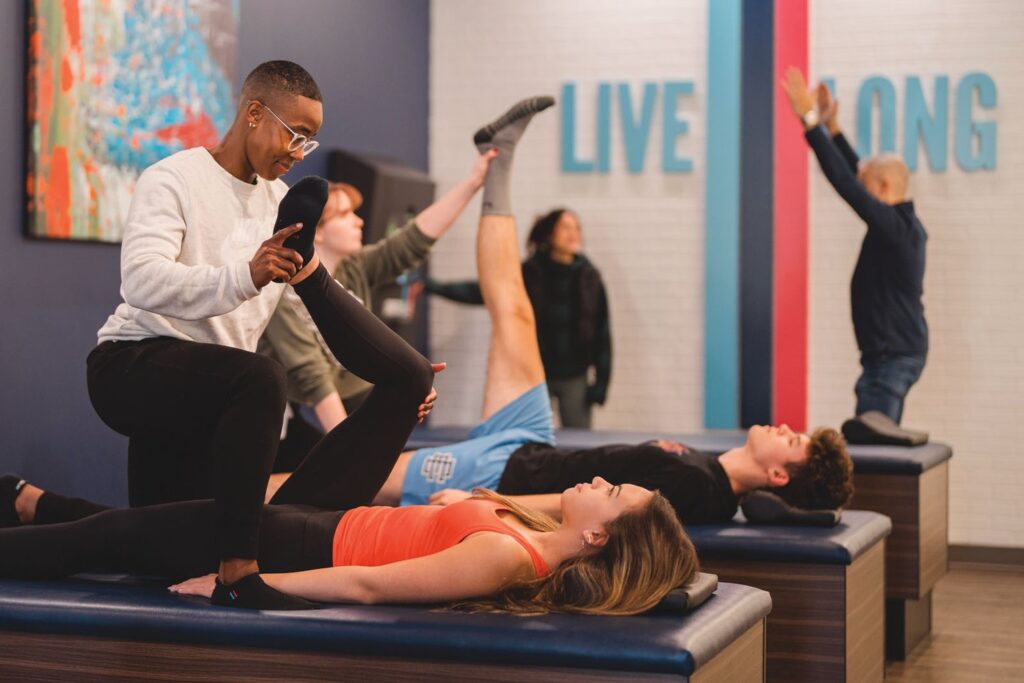
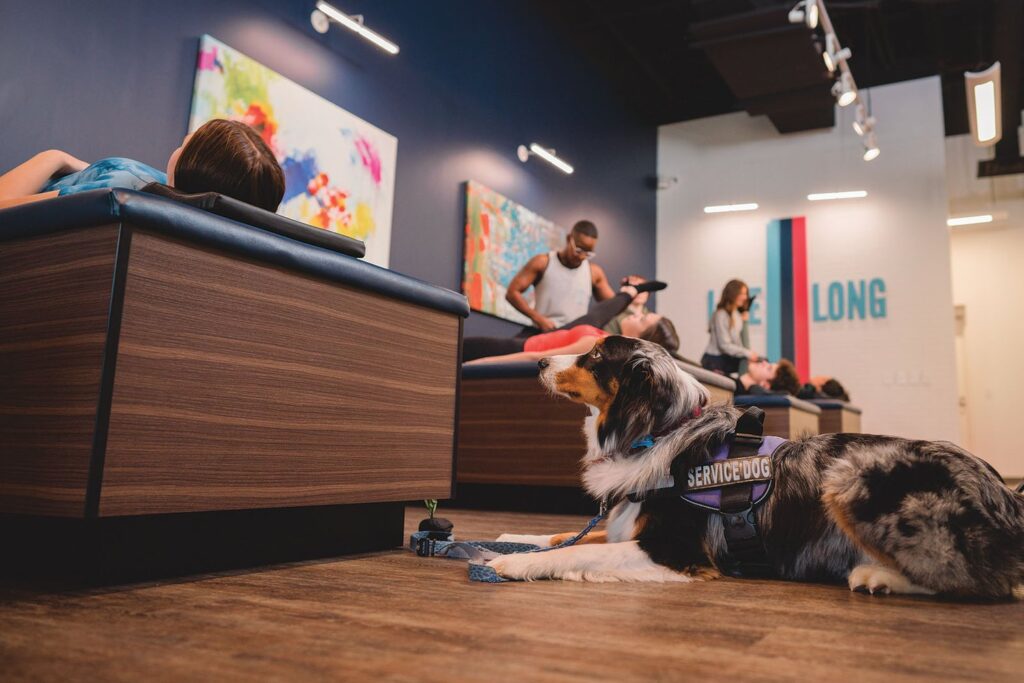
Alleviate ‘Tech Neck’
Jack Keller, owner of Capital City Health Care Providers in Raleigh, suggests performing these stretches one to three times each day to alleviate tech neck.
Chin Tuck. Sitting or standing upright, look straight ahead. Place your finger on your chin and, without moving your finger, pull your chin and head straight back and slightly up. It’s like giving yourself a double chin, while feeling like you’re getting taller. While not the best pose for pictures, this is a wonderful stretch for the base of the head and top of the neck.
Doorway Pectoral Stretch. Place your arms, bent at 90 degrees, palms facing forward, on either side of an open doorway. Imagine the classic “Hands up” pose and rest your forearms and palm on the door frame. Slowly step forward through the door with one foot, until you feel a stretch in your shoulders and chest. Hold this pose for 30 seconds, then step back, relax and repeat.
Child’s Pose. Kneel down and sit on your heels (modify this position if you have sensitive knees). Extend your hands in front of you as you slowly bend forward, bringing your stomach to your thighs. Stretch your palms to the ground in front of you as you gently rest your forehead on the floor or mat. Breathe into the pose and allow your body to relax.
